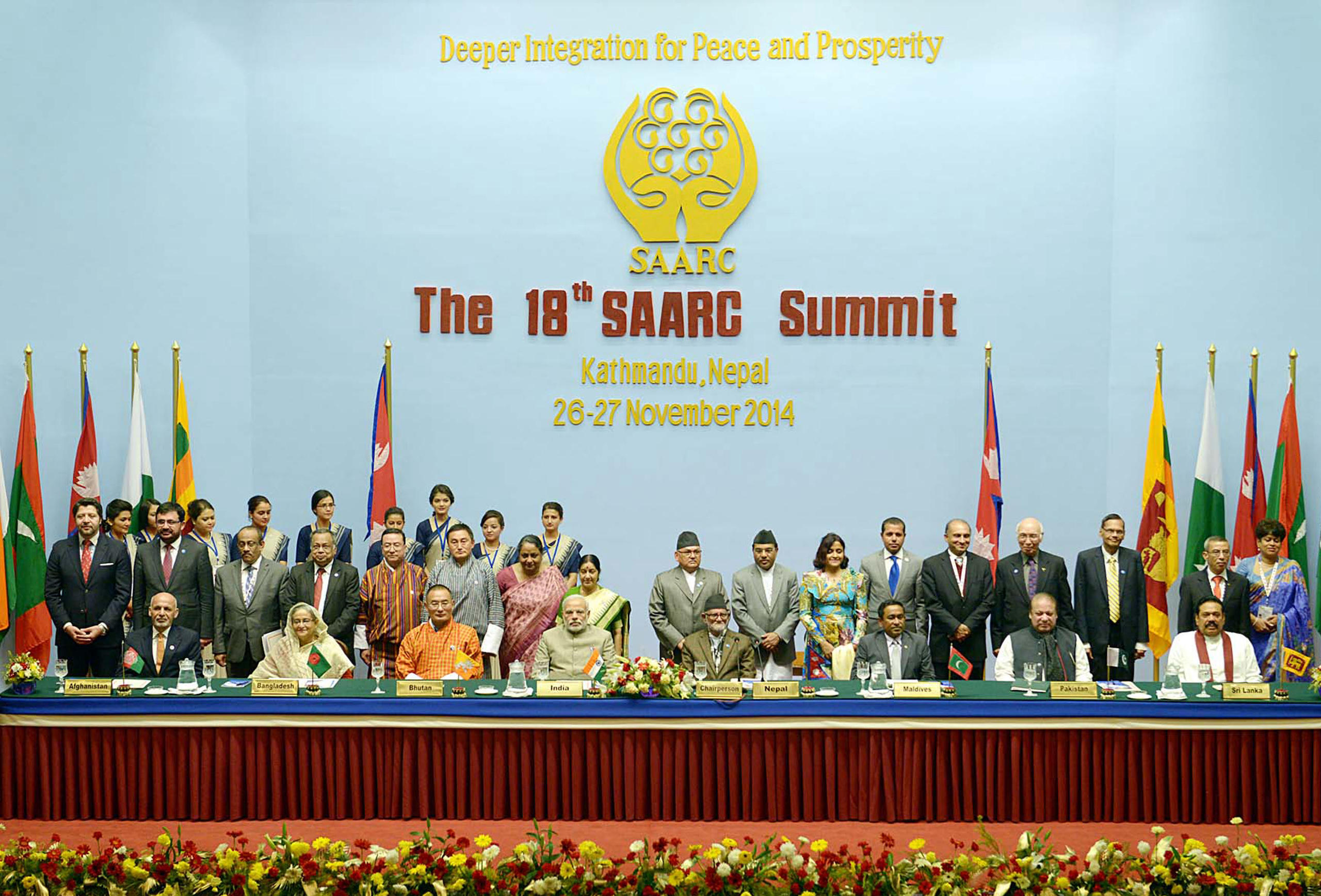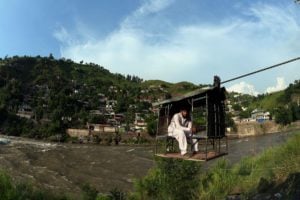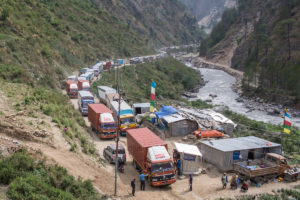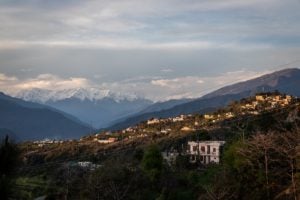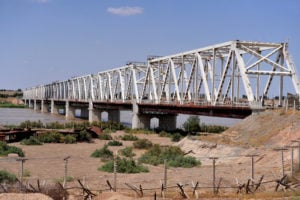The 18th summit of the South Asian Association for Regional Cooperation (SAARC), held in Kathmandu in November 2014, was the last to take place, and the only one that has happened since Narendra Modi became prime minister of India. Despite the established precedent that such summits should be held every two years, there is no real indication that another SAARC summit is on the horizon.
Pakistan is supposed to chair the next SAARC summit, which between 1985 and 2014 saw heads of state of Afghanistan, Bangladesh, Bhutan, India, Maldives, Nepal, Pakistan and Sri Lanka convene to discuss regional cooperation across a range of topics from health and education to the environment. But with the current state of India-Pakistan relations, it would take a dramatic change in the political environment for this to happen. While Indian commentators have largely ignored the issue, other countries in South Asia, such as Nepal, where the SAARC Secretariat is headquartered, consider it a loss.
A number of key achievements developed under the association, including a free trade agreement, a development fund, a food bank and an arbitration council, have languished as SAARC has disappeared from view.
But nature abhors a vacuum, and while India has been content to promote BIMSTEC (the Bay of Bengal Initiative for Multi-Sectoral Technical and Economic Cooperation, made up of Bangladesh, Bhutan, India, Myanmar, Nepal, Sri Lanka and Thailand) as an alternative to SAARC, leaving out key countries like Pakistan and Afghanistan actually means a retreat. And the country and institution rapidly filling this vacuum are China and the China-headquartered Shanghai Cooperation Organisation (SCO), respectively.
China and South Asia’s institutions
China’s presence in South Asia’s regional institutions is not a new concept. At the 13th SAARC summit in Dhaka in 2005, when India proposed including Afghanistan as a full member, Nepal proposed admitting China as an observer. The acceptance of both these proposals created a new reality.
China’s response, though muted, indicated it was more than willing to take part in the institutional structure of South Asia. For India, it meant that ‘the China card’ was now a solid part of its dealings with its neighbours. Before China emerged as a South Asian actor, India was the biggest country in the region. Critically, other than Pakistan-Afghanistan and Bangladesh-Myanmar, no SAARC country shares a border with another South Asian country other than India. China’s presence as a new actor, one which borders many of these countries, meant India had to redefine its role in the integration of South Asia – maybe even in cooperation with China – for the region to move forward.
While the Manmohan Singh administration (2004-2014) seemed willing to engage with this new reality, the government led by Modi – after an initial invitation to all SAARC leaders to his government’s inauguration – has not.
Meanwhile, the SCO has gone from strength to strength, including India and Pakistan in its partnership in 2017, and adding Nepal as a dialogue partner in 2016 – a status which Bangladesh hopes to attain. This makes the recent call to the SCO by Sherry Rehman, Pakistan’s minister for climate change, to take a leadership role on climate that much more important.
The influence of climate change
The single most visible impact of climate change is on waters, and the key countries with which India shares its major rivers are Pakistan, Nepal and Bangladesh – all now associated with the SCO. All of these transboundary rivers are currently facing some crisis or other.
India’s push to develop hydropower on the Indus river system, and Pakistan’s associated concerns, has elevated the matter to such a crisis that the Indus Waters Treaty – considered one of the most successful transboundary water treaties in the world – is now endangered.
With Nepal, issues surrounding the Mahakali, Koshi and Gandaki river basins have bedevilled relations since the countries’ independence, and as climate change leads to higher incidences of floods and droughts, this is likely to increase.
If the SCO is to get involved in climate change issues, it will inevitably become involved in transboundary water issues
India has one major water treaty with Bangladesh – the Ganges Water Treaty – which is set to come to an end in 2026, with no indication of how it will be reviewed. As the functioning of the treaty is dependent on specific water levels throughout the year, and these are likely to be increasingly affected by climate change, any review will be hugely challenging. It is worth noting that when Chinese president Xi Jinping visited Dhaka in 2016, the first visit by a Chinese head of state in 30 years, he stated: “We drink from the same rivers.” Four years later, rebuffed by India’s dithering on the Teesta’s waters, Bangladesh turned to China to redevelop the river basin.
If the SCO is to get involved in climate change issues, it will inevitably become involved in transboundary water issues. Key transboundary rivers, like the Indus and the Brahmaputra, rise on the Tibetan Plateau, giving China a major locus standi. With SAARC withering on the vine, and neither BIMSTEC nor any other regional institution seriously capable of handling the issue, this power vacuum will inevitably lead to a greater role for China in managing hydro diplomacy in South Asia.
This is an edited version of an article that was first published by The Wire.
